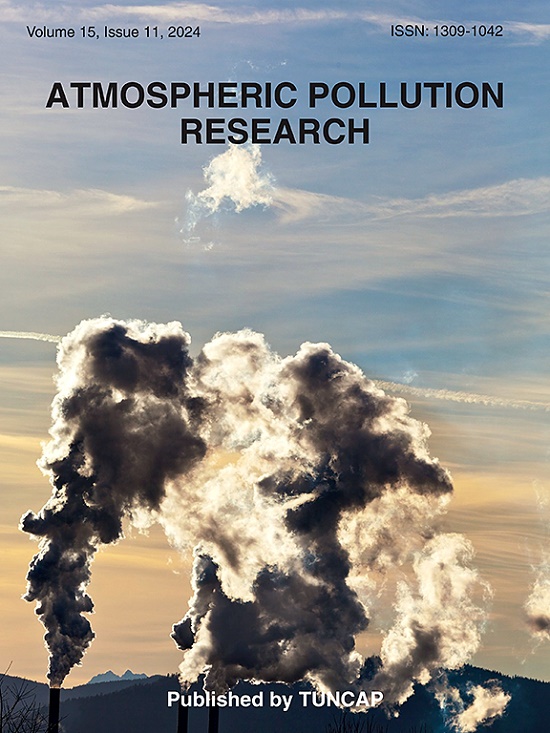The impact of stone quarries on the anatomy, morphology, and biochemistry of Urtica dioica L. (Urticaceae) in two natural protected areas in southwestern Romania
IF 3.5
3区 环境科学与生态学
Q2 ENVIRONMENTAL SCIENCES
引用次数: 0
Abstract
Plant species react differently to pollution, having some ability to adapt through compensation. This study presents the case of Urtica dioica L. (nettle), a plant with overgrowing features in contemporary landscapes. We studied the morphological, anatomical, and biochemical changes in nettle leaves. Four samples were collected: two from natural protected sites in southwestern Romania, from sites without air pollution, and two from stone quarries situated in the same natural protected areas as the unpolluted sites: the Meri quarry (in the Jiu Gorge National Park - JGNP) and the Eşelnița quarry (in the Iron Gates Natural Park - IGNP). We identified necrosis, lesions, insects, and insect bites on the leaves collected from the polluted sites in the morphological and micromorphological study of leaves. These changes were also observed in the leaf structure. From a biochemical perspective, we observed a quantitative increase in assimilating pigments, which can be interpreted as a compensatory response to dust pollution. On the other hand, we did not record an increase in phenols, flavonoids, or antioxidant activity in these leaves. However, we found a drastic decrease in the samples from the polluted sites compared to those without dust pollution.
罗马尼亚西南部两个自然保护区采石场对荨麻的解剖、形态和生物化学的影响
植物物种对污染的反应不同,它们通过补偿有一定的适应能力。本研究以荨麻为例,介绍了一种在当代景观中具有过度生长特征的植物。我们研究了荨麻叶片的形态、解剖和生化变化。收集了四个样本:两个来自罗马尼亚西南部的自然保护区,来自没有空气污染的地点,两个来自与未污染地点位于同一自然保护区的采石场:Meri采石场(在九寨沟国家公园- JGNP)和Eşelnița采石场(在铁门自然公园- IGNP)。我们对污染地点采集的叶片进行了形态学和微形态学研究,发现叶片上有坏死、病变、昆虫和虫咬。在叶片结构上也观察到这些变化。从生物化学的角度来看,我们观察到同化色素的数量增加,这可以解释为对粉尘污染的代偿反应。另一方面,我们没有记录到这些叶子中酚类物质、类黄酮或抗氧化活性的增加。然而,我们发现,与没有粉尘污染的地区相比,污染地区的样本急剧减少。
本文章由计算机程序翻译,如有差异,请以英文原文为准。
求助全文
约1分钟内获得全文
求助全文
来源期刊

Atmospheric Pollution Research
ENVIRONMENTAL SCIENCES-
CiteScore
8.30
自引率
6.70%
发文量
256
审稿时长
36 days
期刊介绍:
Atmospheric Pollution Research (APR) is an international journal designed for the publication of articles on air pollution. Papers should present novel experimental results, theory and modeling of air pollution on local, regional, or global scales. Areas covered are research on inorganic, organic, and persistent organic air pollutants, air quality monitoring, air quality management, atmospheric dispersion and transport, air-surface (soil, water, and vegetation) exchange of pollutants, dry and wet deposition, indoor air quality, exposure assessment, health effects, satellite measurements, natural emissions, atmospheric chemistry, greenhouse gases, and effects on climate change.
 求助内容:
求助内容: 应助结果提醒方式:
应助结果提醒方式:


